How does white light affect plant growth?
In fact, white light is very suitable for planting plants, after all, the sun provides white light. The red and blue wavelengths are the most important for photosynthesis, but plants use all wavelengths of light, while white light provides all wavelengths.
Let us take a closer look at the effect of white light on plant growth.
Studies have shown that white light leads to the fastest rate of photosynthesis, followed by red and blue. Although this does indicate that white light is good for plant growth, it is also a bit misleading. These studies use only a single color of light, which means they use red or blue. When compared with white light that includes all colors, it is clear that white light performs best. No one has ever said that plants only want red or only blue, and it is said that the combination of the two is the most ideal. This combination should be compared to white light, that is, the idea that plants only use red and blue has been thoroughly debunked. Plants use all colors, and this is what white light provides. Because it provides all the colors, and because it is the light that plants receive in nature, white light is the best light for plants.
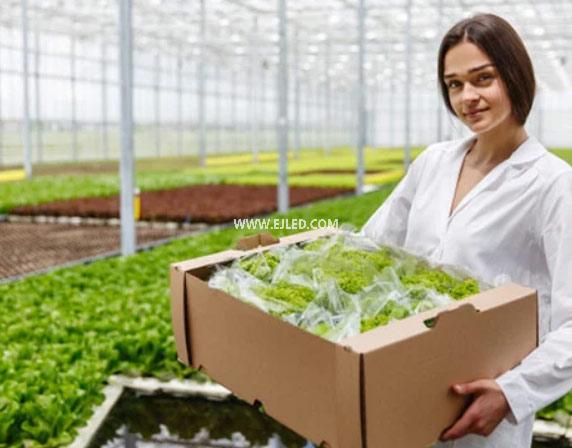
For decades, high-pressure sodium and metal halide bulbs have been successfully growing plants. They provide white light. In terms of flowering, neither red nor blue LEDs really surpassed HPS. Ceramic metal halide lamps have improved HPS and MH to provide a full spectrum closer to natural sunlight. Now, white LED diodes can also provide full-spectrum light similar to CMH and natural sunlight. These white LEDs can finally outperform HPS lights. This should make the answer to the next question obvious-is white light good for plants?
Yes, white light is very suitable for plants. What I want to say is, think about it. What color is sunlight? Only providing artificial light with a spectrum similar to natural sunlight will be effective for plants. The photosynthesis of plants mainly requires red light and blue light. White light, like sunlight, contains a lot of red and blue wavelengths. But it also contains a lot of green, yellow and all other colors.
Because plants mainly absorb red and blue light, most of the other colors are not used. As far as the sun is concerned, this is not important, because it is an endless source of energy. However, when plants grow indoors, we need to pay for the light. If we use white light, we also need to pay for those unused wavelengths. This is why the best lights only contain red and blue LEDs. We don't need to pay for any lights that the plants don't use, so the efficiency of these lights is greatly improved.
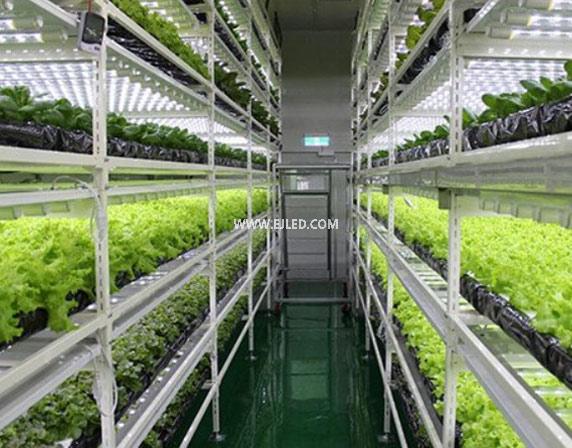
It sounds familiar. This is what we have been told for years, who told us that? Mainly manufacturers of "fuzzy" LEDs that mix red and blue diodes to produce pink and purple light.
What a coincidence! People who sell "fuzzy" lights are also talking about the perfect choice of "fuzzy" lights for plants. However, as we learn more about which types of light plants grow best, the industry has begun to shift from "fuzzy" lamps to lamps that mainly use white LEDs. It turns out that the sun has always been right.
Why white
light is best for photosynthesis The theory that only red and blue light are best for photosynthesis is based on the fact that plants are green. Plants are green because they do not absorb green light, but reflect it back. Our eyes see these reflected green wavelengths, which is why the leaves appear green.
The problem is that this is only part of the story. Plants do absorb some green light. They absorb much less light than red and blue. More importantly, not all the unabsorbed green light is reflected back. Some of them pass through the leaves. Because the green wavelengths are not absorbed as much, it is easier for them to penetrate the top canopy and reach the lower layers of the plant. This means that green light does a better job of providing light to the lower part of the plant. In the absence of green wavelengths, there is almost no light in these lower parts.
This is why white LEDs now have better growth and higher yields than traditional red/blue LEDs.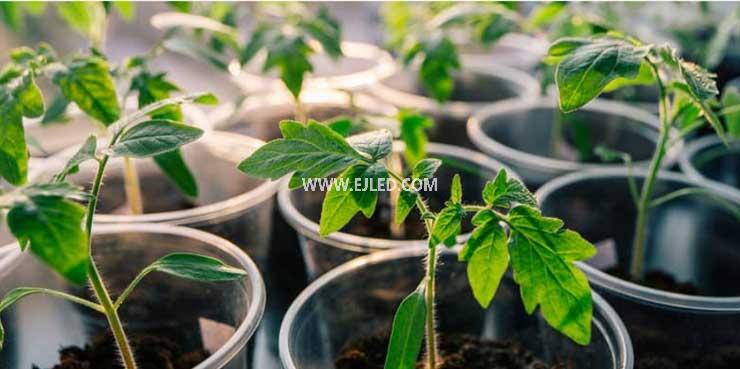
This is not always the case, but technological advancements have led to white LEDs that emit full-spectrum visible light. This is the reason for the current white light revolution.
Currently, most LED brands offer white LED lamps. Most of them supplement the white light with additional diodes, mainly dark red. This provides an extra boost during flowering and really makes these lights unique. But the HID lamp is also white, so it can still grow plants well.
How can we get white light?
Traditionally, growers use HPS and/or MH lights to grow indoors, both of which provide white light and are still good choices, although they are not as efficient as CMH or newer LEDs. If using HID lights, we recommend using newer CMH lights instead of HPS. They provide a more comprehensive spectrum and are more efficient. But even CMH is not as good as modern LEDs. Two types of white LED lamps dominate the market: the so-called SMD lamps and COB lamps.
But that one is better?
White COB LED
COB is a powerful LED chip. They pack countless small LED emitters onto a surface so that they combine to form a single, powerful beam of light, and they obtain incredible canopy penetration.
The disadvantage is that the output directly below the COB is much higher, and when far from the middle, the output intensity is much lower, which is always the case when the light is emitted from the center point. The powerful COB also needs to maintain a greater distance from the plant to avoid bleaching. Finally, the fixtures with multiple COBs need to be actively cooled. This means that the fan inside the lamp is noisy.

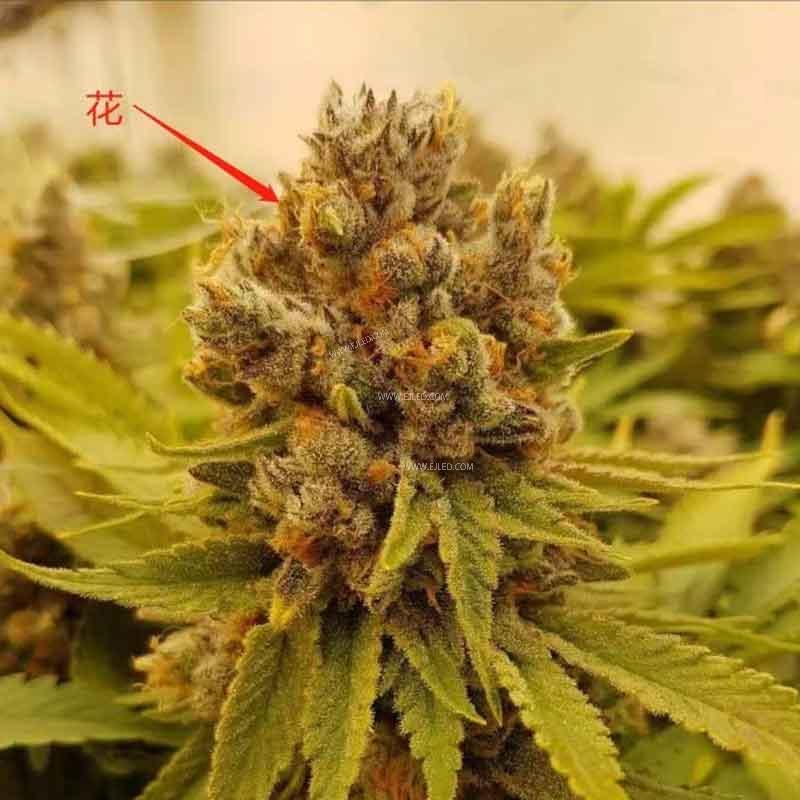
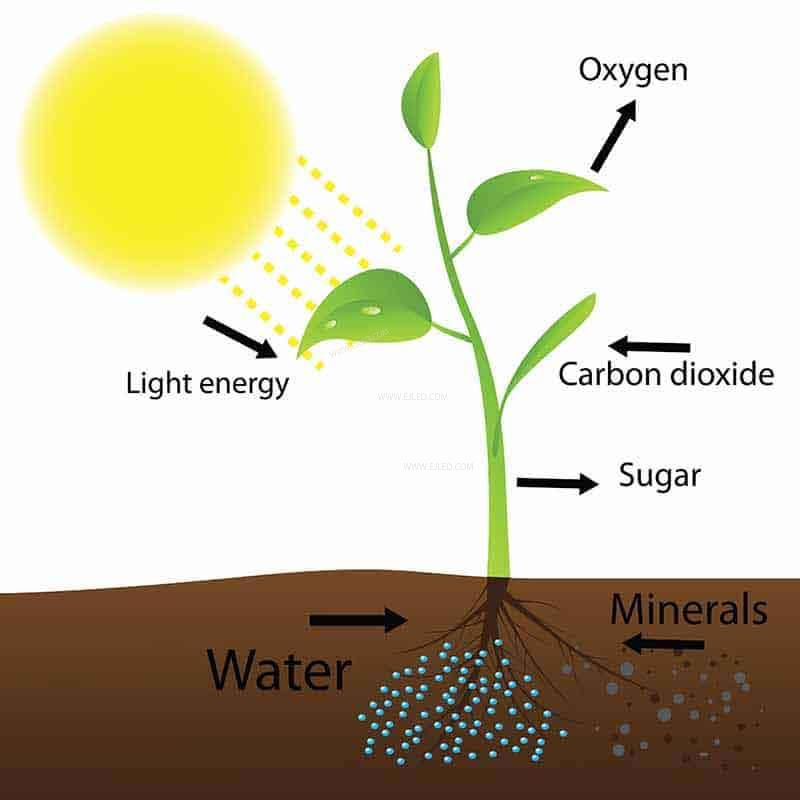

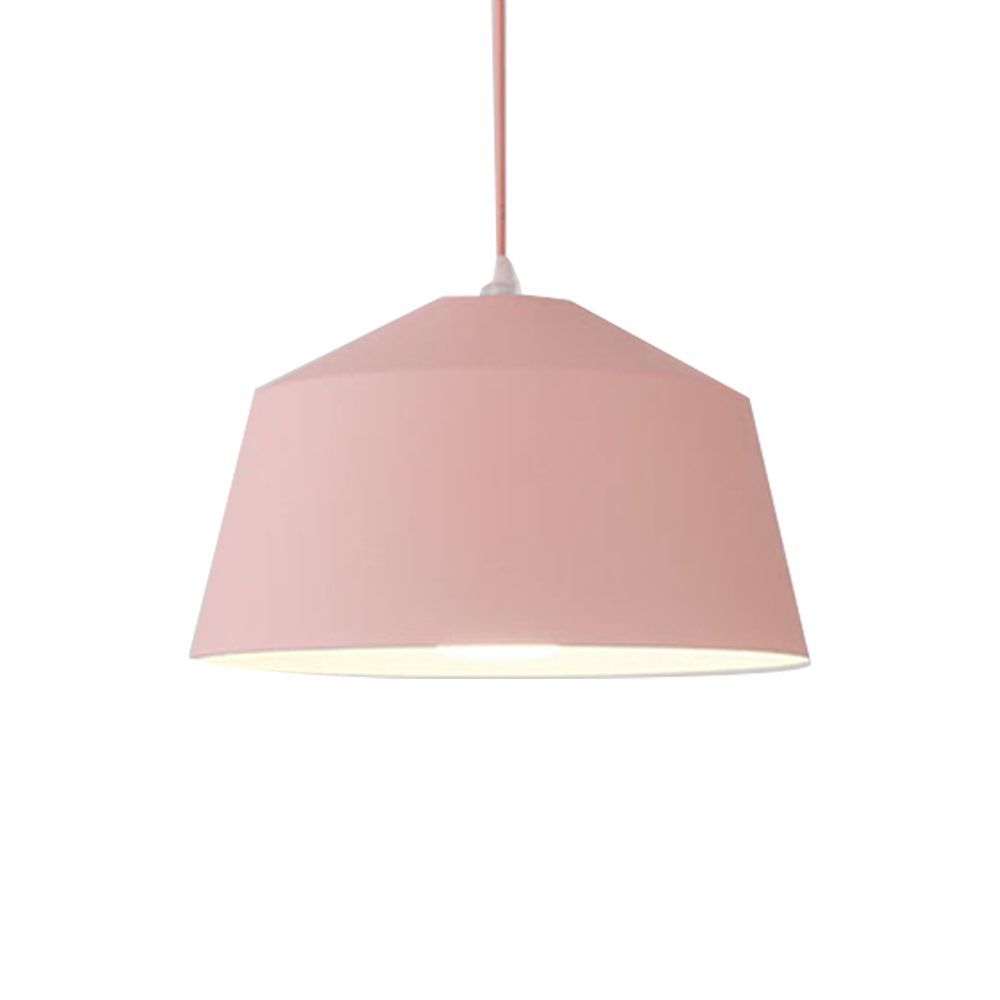
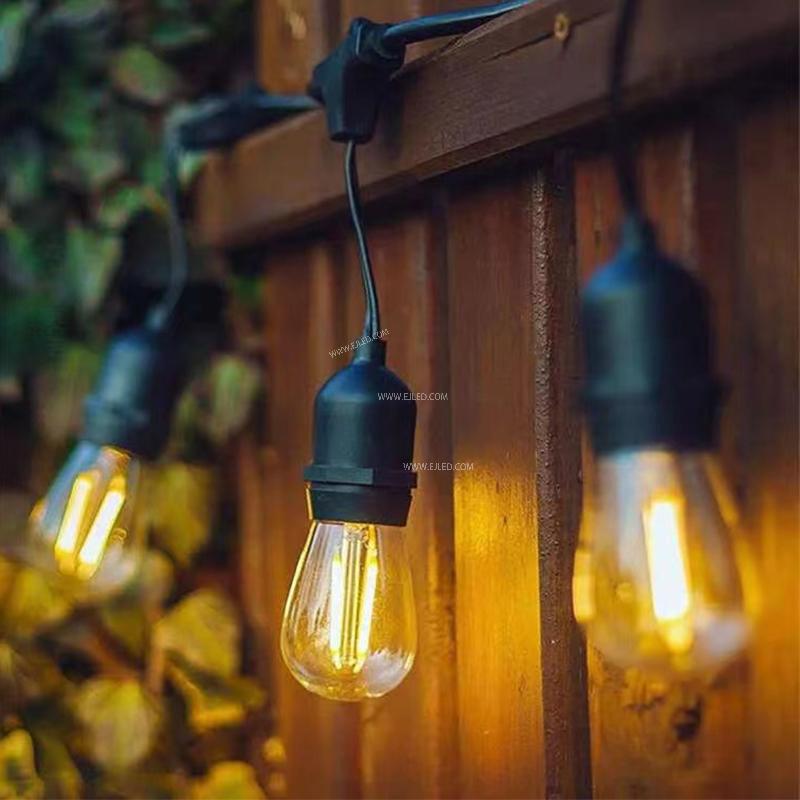

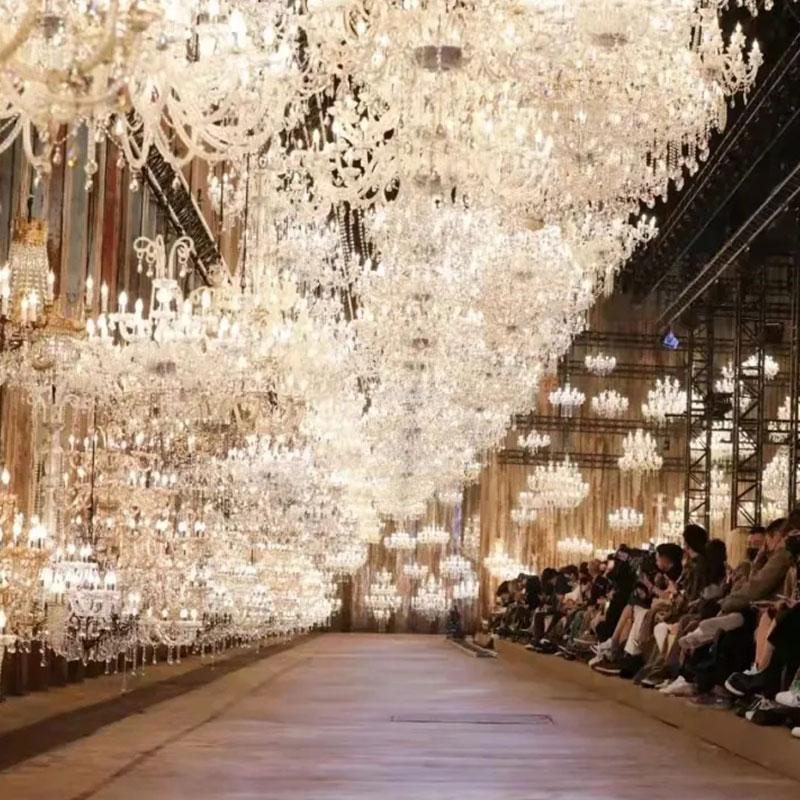




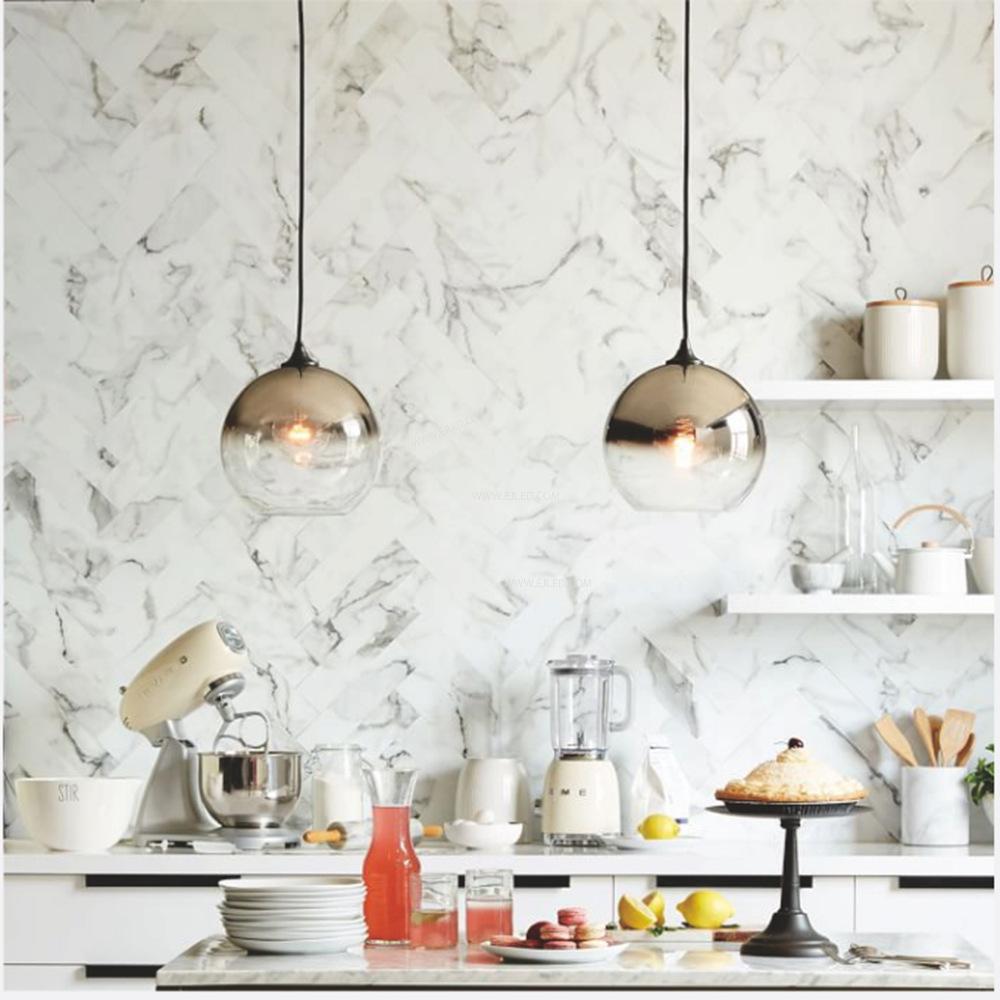
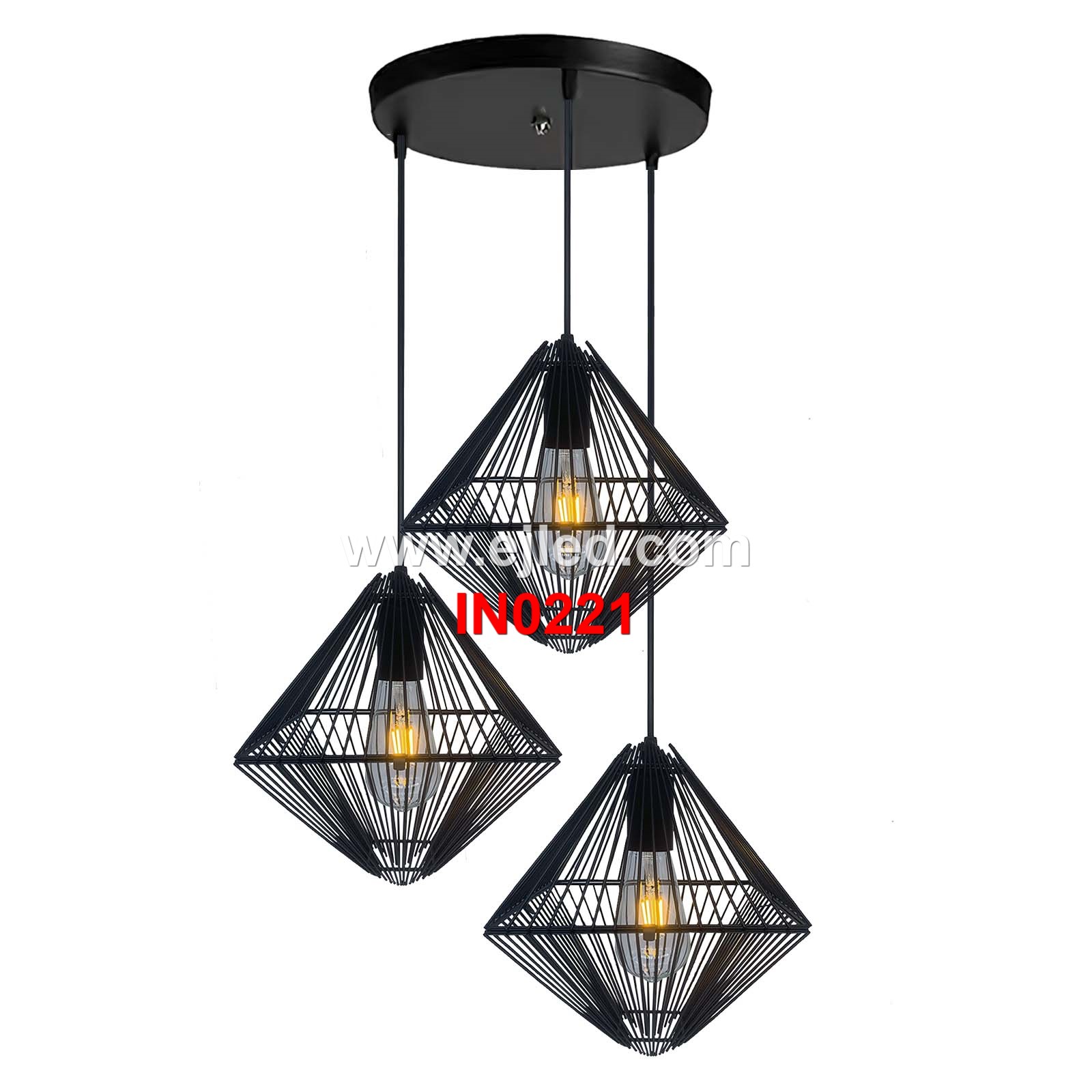
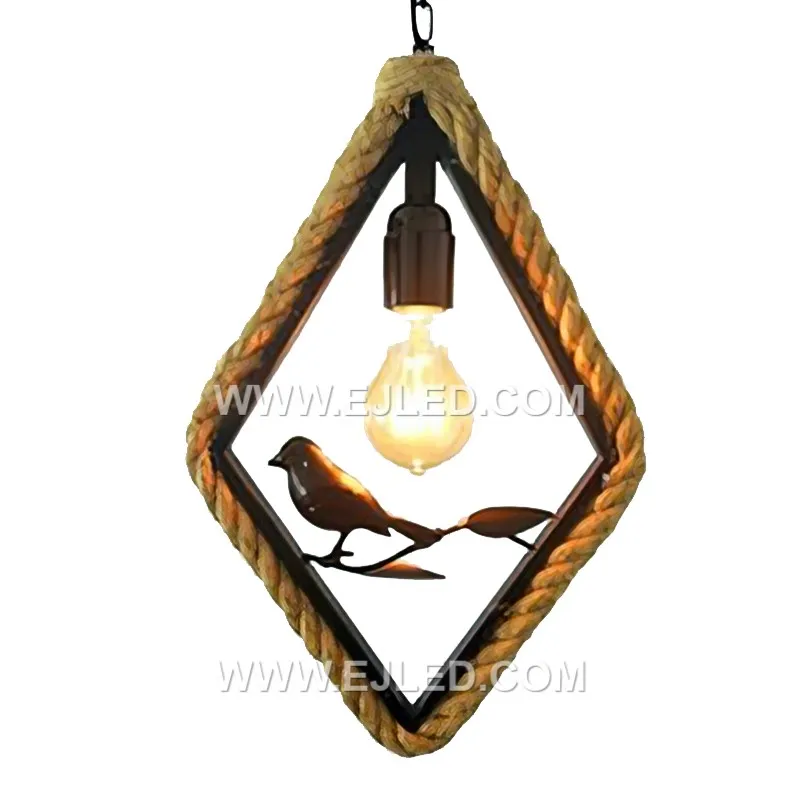
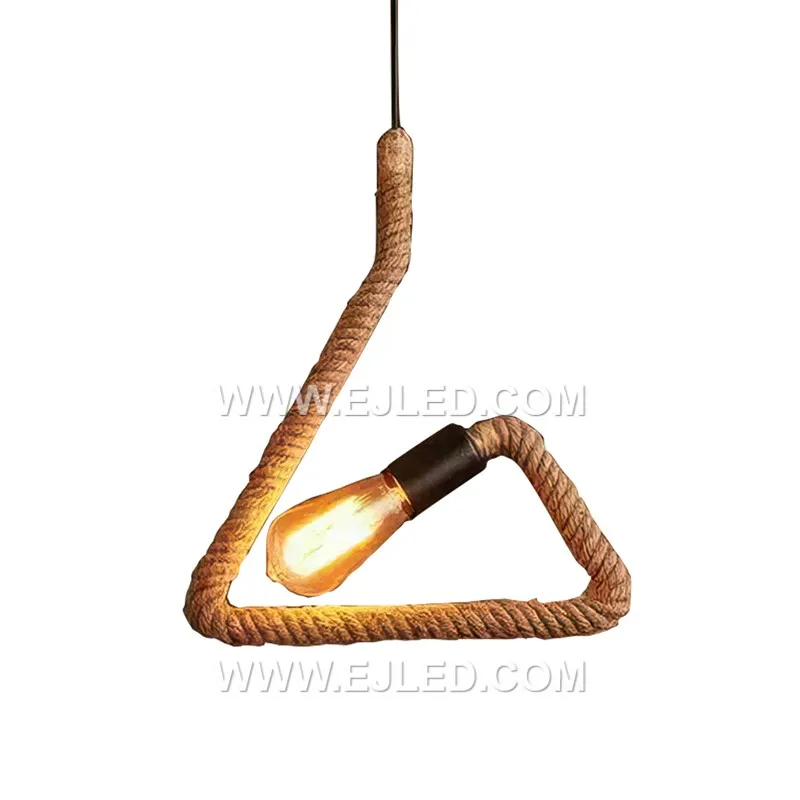
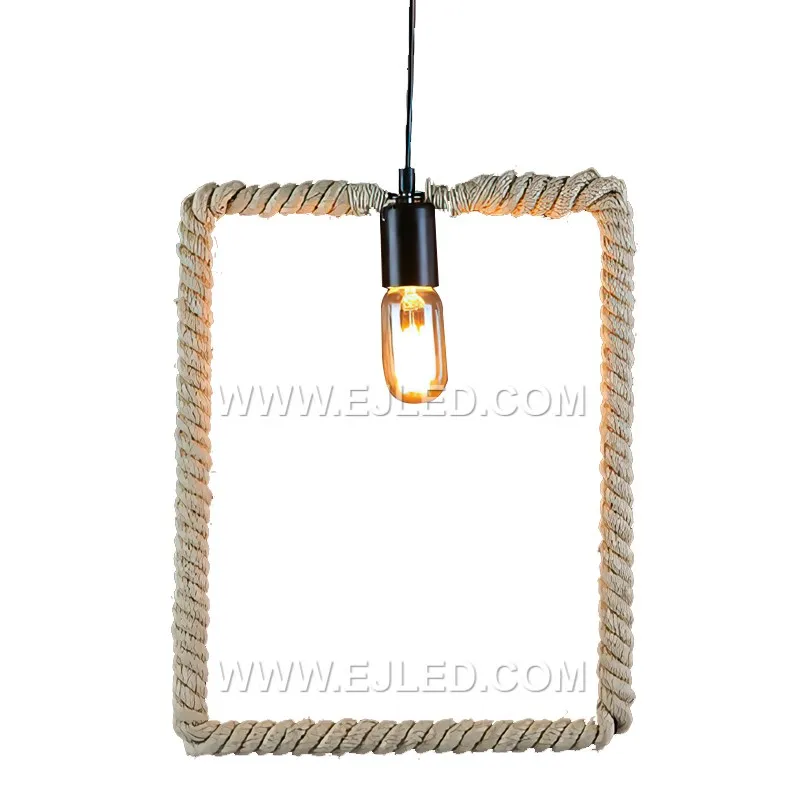
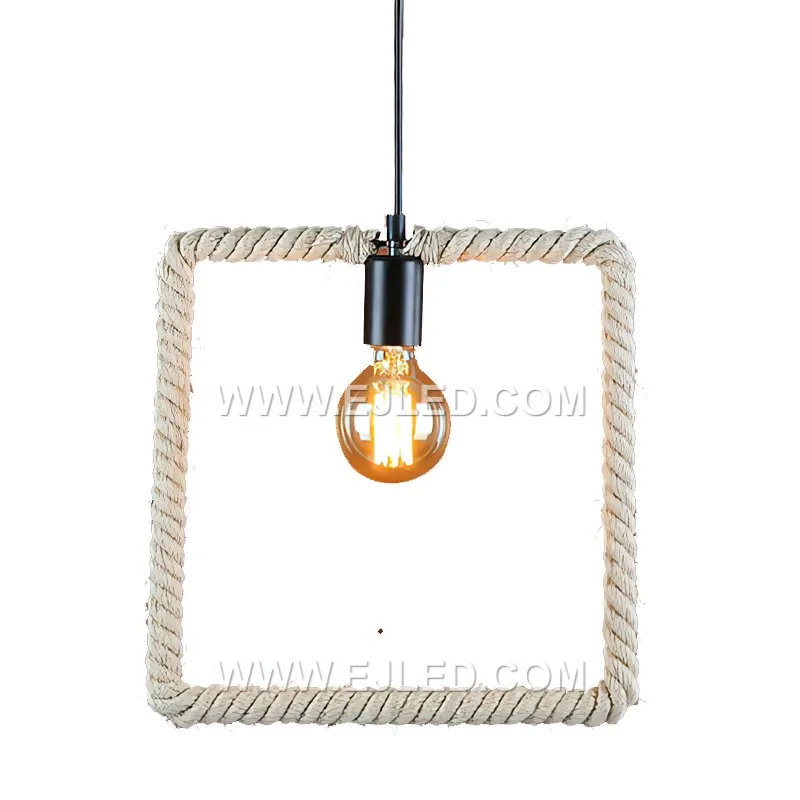
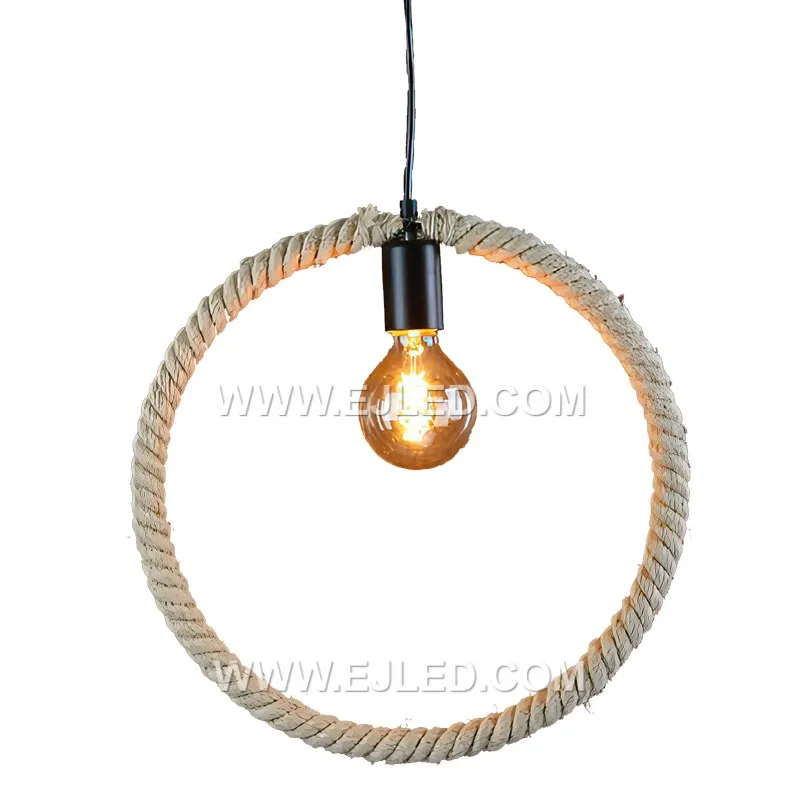
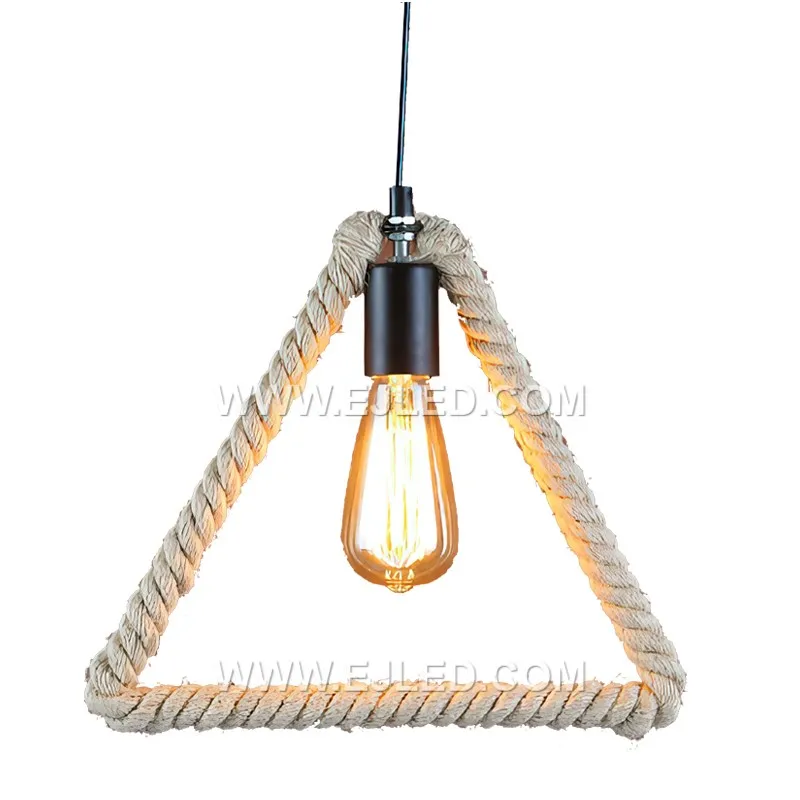
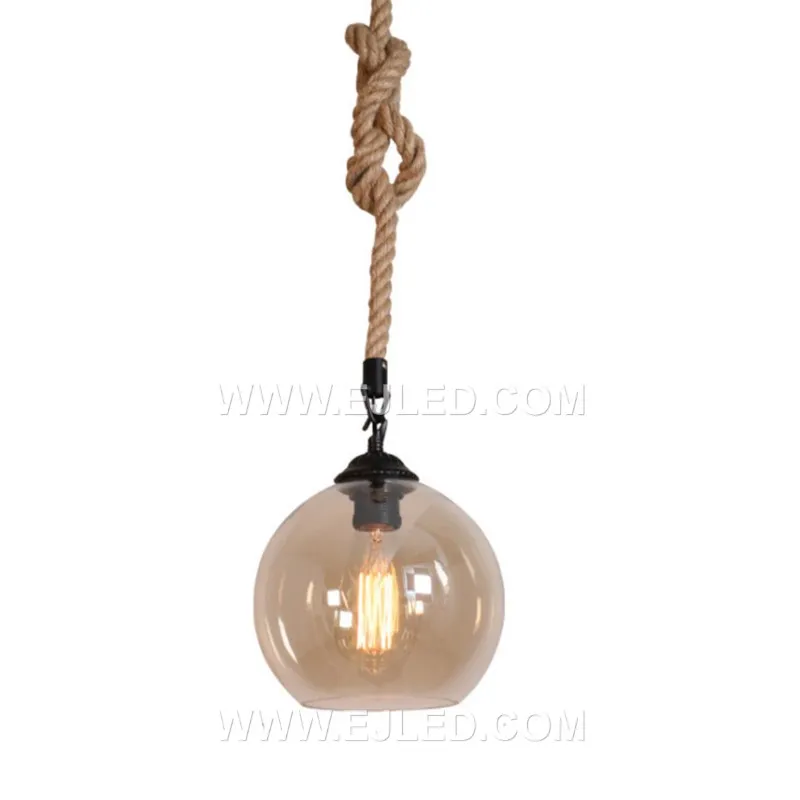
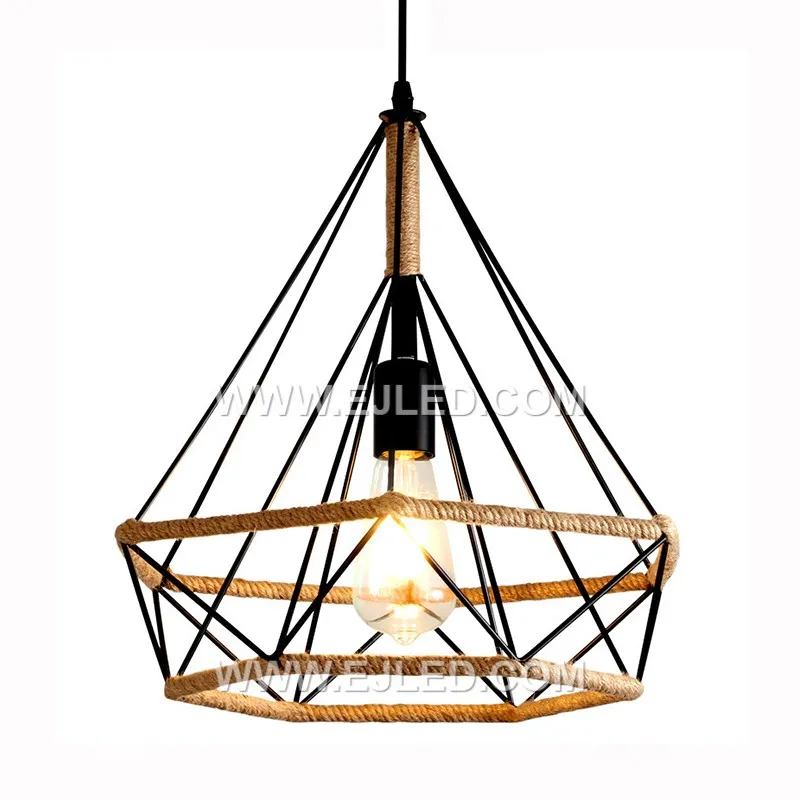
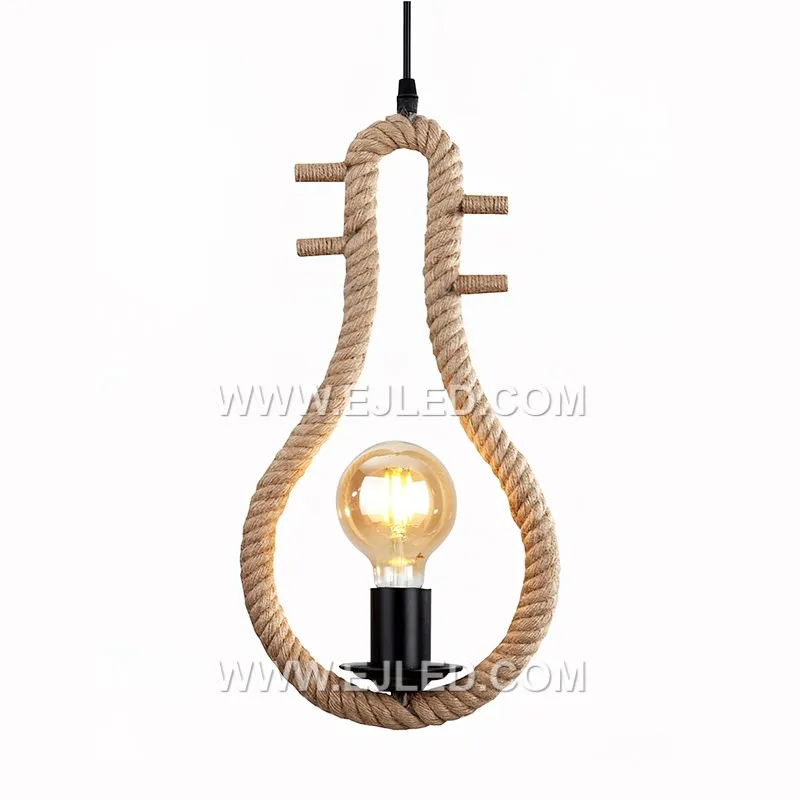
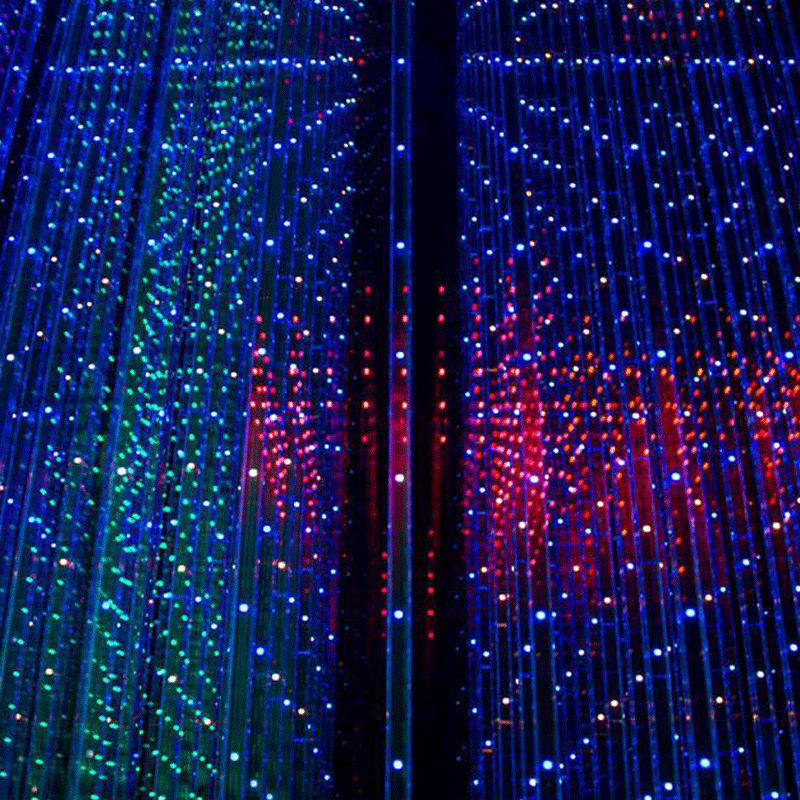

Leave a comment